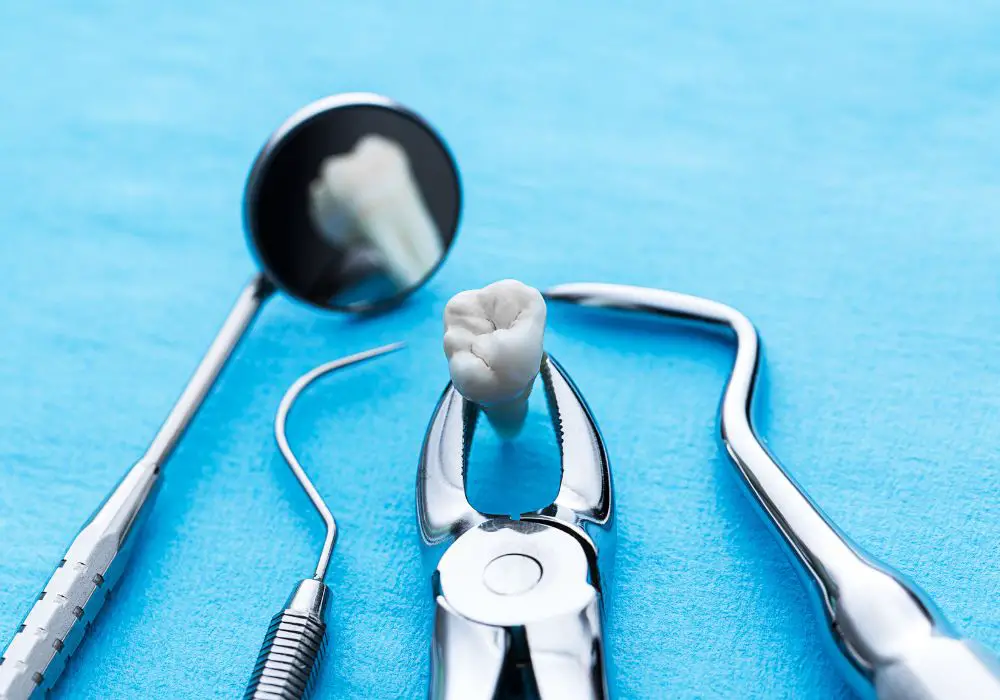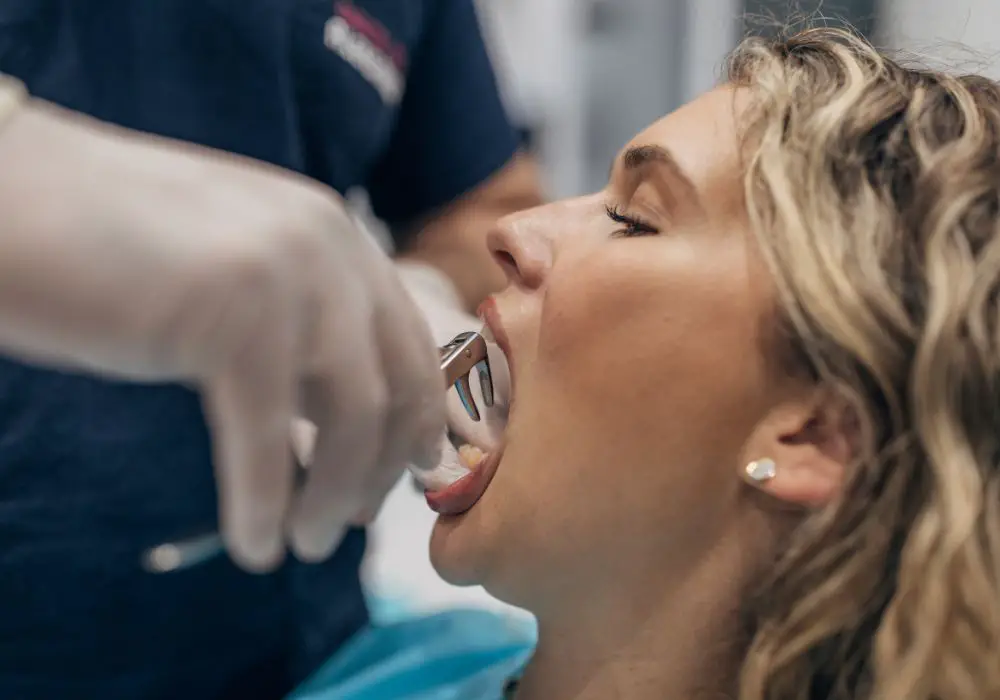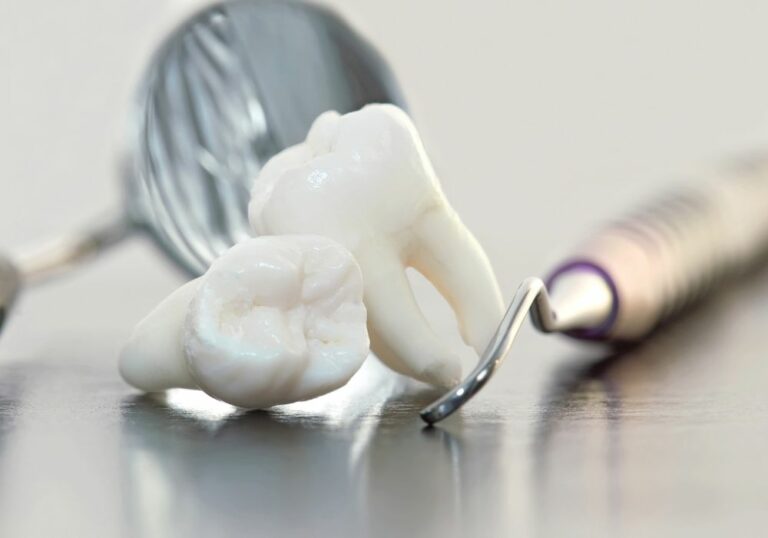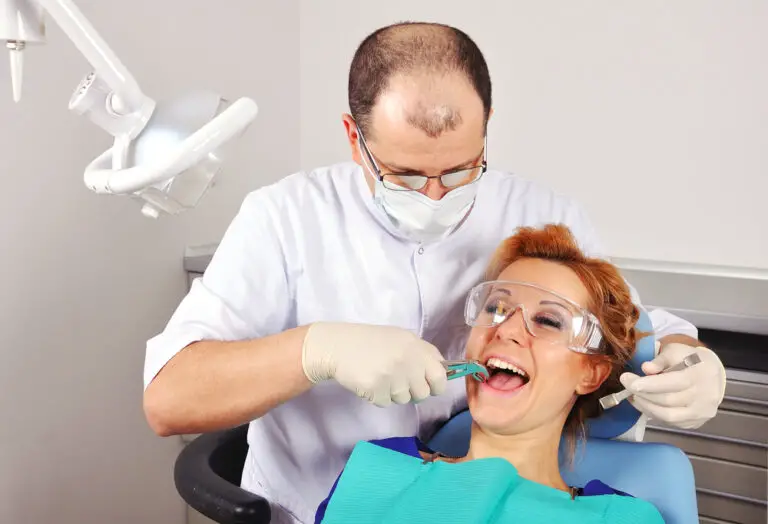If you’re scheduled to get your wisdom teeth removed, you may be wondering if you’ll be able to drive yourself home afterward. The answer to this question depends on a few factors, including the type of anesthesia you receive and your personal level of comfort. In this article, we’ll explore the question of whether or not you can drive yourself home after getting your wisdom teeth removed.
If your wisdom teeth removal is performed using only a local anesthetic, you should be able to drive yourself home after the procedure. However, if you receive sedation or general anesthesia, you will likely need to arrange for someone to drive you home. This is because these types of anesthesia can make you feel drowsy and disoriented, and it may not be safe for you to operate a vehicle until the effects wear off.
It’s important to plan ahead for your wisdom teeth removal and make arrangements for transportation if necessary. In the next section, we’ll explore the different types of anesthesia that may be used during the procedure and what you can expect in terms of recovery time.
Understanding Wisdom Teeth Removal

Why Wisdom Teeth are Removed
Wisdom teeth, also known as third molars, are the last set of teeth to emerge in the back of your mouth. They usually appear between the ages of 17 and 25. However, they often cause problems because they don’t have enough room to grow properly. When this happens, they become impacted, which means they don’t fully emerge from the gums. This can lead to a range of dental issues, including:
- Pain and discomfort
- Infection
- Gum disease
- Tooth decay
- Cysts or tumors
To avoid these problems, dentists often recommend removing wisdom teeth before they cause any issues. In some cases, they may even suggest removing them preventively, even if they haven’t caused any problems yet.
The Removal Procedure
Wisdom teeth removal is a common dental procedure that usually takes about an hour to complete. It can be done under local anesthesia, which numbs the area around the tooth, or under sedation, which makes you feel drowsy and relaxed. The dentist or oral surgeon will make an incision in the gum tissue to expose the tooth and bone, and then remove the tooth. If the tooth is impacted, they may need to remove some bone to access it.
After the tooth is removed, the dentist will clean the area and place stitches to help it heal. You’ll be given gauze to bite down on to help stop the bleeding. You’ll also be given instructions on how to care for the area, including what to eat and drink, how to clean your mouth, and what medications to take.
It’s important to follow these instructions carefully to avoid complications and ensure a smooth recovery. You may experience some pain, swelling, and bleeding for a few days after the procedure, but these symptoms should subside gradually. It’s important to rest and avoid strenuous activity for a few days after the procedure to allow your body to heal.
Overall, wisdom teeth removal is a safe and effective procedure that can help prevent a range of dental issues. If you’re experiencing pain or discomfort in your wisdom teeth, talk to your dentist about whether removal is the right option for you.
Post-Procedure Care
After getting your wisdom teeth removed, it’s important to take proper care of yourself to ensure a smooth and speedy recovery. Here are some tips to help you with your post-procedure care:
Immediate Aftercare
Right after the procedure, you will need someone to drive you home as you may still be feeling the effects of the anesthesia. Once you’re home, make sure to rest for the remainder of the day. Avoid any strenuous activity, including exercise, and do not drive or operate heavy machinery.
To help reduce swelling and pain, apply an ice pack to your cheeks for 20 minutes at a time, with 20-minute breaks in between. After 24 hours, you can switch to a warm compress to help with any lingering discomfort.
It’s important to stay hydrated, but avoid using a straw for the first 24 hours as the sucking motion can dislodge the blood clot that forms in the extraction site. Stick to soft foods that require minimal chewing, like soup, yogurt, and mashed potatoes. Avoid spicy, crunchy, or acidic foods as they can irritate the extraction site.
Long-Term Healing
For the first few days after the procedure, you should avoid smoking, as the sucking motion can also dislodge the blood clot. You should also avoid drinking alcohol, as it can interfere with the healing process.
Continue to brush your teeth and tongue gently, but avoid the extraction site. Rinse your mouth with warm salt water several times a day to help keep the area clean and promote healing.
If you experience any severe pain, bleeding, or swelling, contact your dentist or oral surgeon immediately. They may prescribe pain medication or antibiotics to help with your recovery.
By following these post-procedure care tips, you can help ensure a smooth and speedy recovery after getting your wisdom teeth removed.
Driving After Wisdom Teeth Removal

If you have recently undergone wisdom teeth removal, you may be wondering when you can safely resume driving. While the answer varies depending on several factors, it is important to ensure your safety and the safety of others on the road. In this section, we will discuss the factors affecting your ability to drive and when it is safe to resume driving.
Factors Affecting Ability to Drive
After wisdom teeth removal, several factors may affect your ability to drive. These include:
- Anesthesia: If you received general anesthesia during the procedure, you should not drive for at least 24 hours after the surgery. This is because the anesthesia can affect your reflexes, judgment, and coordination, which are all essential for safe driving.
- Pain Medication: If you are taking prescription pain medication, it is important to avoid driving until you know how the medication affects you. Some pain medications can cause drowsiness, dizziness, and other side effects that can impair your ability to drive safely.
- Bleeding: If you experience bleeding after the surgery, it may be difficult to focus on driving. Additionally, the blood may obscure your vision, making it challenging to see the road and other vehicles.
- Swelling: Swelling in your mouth and face can make it difficult to turn your head and neck, which is necessary for safe driving. Additionally, swelling can affect your ability to breathe, making it unsafe to drive.
When to Resume Driving
The timing for when you can resume driving after wisdom teeth removal varies depending on several factors. In general, you should avoid driving for at least 24 hours after the surgery if you received general anesthesia. If you only received local anesthesia, you may be able to drive home from the appointment, but it is still important to avoid driving for a few hours afterward.
Once you feel comfortable and alert, you can gradually resume driving. However, you should avoid driving if you are still experiencing pain, dizziness, or other side effects from the surgery or medication. Additionally, it is important to avoid driving if you are still experiencing bleeding or swelling.
It is important to note that everyone’s recovery after wisdom teeth removal is different. If you have any concerns about your ability to drive safely, it is best to err on the side of caution and wait until you feel comfortable and confident behind the wheel.
Alternatives to Driving Post-Procedure
If you have recently undergone wisdom teeth removal surgery, you may be wondering if you can drive yourself home afterward. While the answer depends on the type of anesthesia used during the procedure and your personal tolerance to pain and medication, it’s generally recommended to avoid driving for at least 24 hours post-procedure. Here are some alternative options to consider:
Arranging a Ride
If you have a friend or family member who can drive you home after the procedure, that would be the best option. They can help you get into the car safely and make sure you have everything you need before leaving the dental office. If you don’t have anyone available to drive you, consider hiring a ride-sharing service like Uber or Lyft. This way, you can relax and let someone else do the driving while you recover.
Using Public Transportation
If you live in an area with reliable public transportation options, you may be able to use it to get home after the procedure. Be sure to check the schedule and plan accordingly, as you may need to wait for a bus or train. Also, consider the distance from the dental office to your home and if you’ll need to transfer to another mode of transportation, like a taxi or ride-sharing service.
Keep in mind that it’s important to have someone with you for at least the first 24 hours after the procedure to monitor your recovery and help you if needed. If you have any concerns or questions about driving after wisdom teeth removal, be sure to discuss them with your dentist or oral surgeon before the procedure.
Risks and Precautions

Potential Complications
After getting your wisdom teeth removed, there are some potential complications that you should be aware of. These include:
- Bleeding: Some bleeding is normal after the procedure, but if it persists or is heavy, contact your dentist or oral surgeon immediately.
- Infection: If you experience fever, severe pain, or swelling, it may be a sign of infection. Contact your dentist or oral surgeon immediately.
- Dry Socket: This occurs when the blood clot that forms in the socket where the tooth was removed becomes dislodged or dissolves before the wound has healed. This can be very painful and delay healing. Contact your dentist or oral surgeon immediately if you experience severe pain a few days after the procedure.
- Nerve Damage: Nerve damage is a rare but serious complication that can cause numbness or tingling in the lips, tongue, or chin. This can be temporary or permanent.
Safety Measures
To minimize the risk of complications and ensure a safe recovery, follow these safety measures:
- Arrange for someone to drive you home after the procedure, as you may still be under the effects of anesthesia.
- Avoid driving or operating heavy machinery for at least 24 hours after the procedure.
- Rest for at least 24 hours after the procedure and avoid strenuous activity for a few days.
- Avoid smoking, drinking through a straw, or spitting for at least 24 hours after the procedure, as these actions can dislodge the blood clot and delay healing.
- Eat soft foods and drink plenty of fluids for the first few days after the procedure.
- Rinse your mouth with warm salt water several times a day to reduce swelling and promote healing.
- Take pain medication as prescribed by your dentist or oral surgeon. Do not exceed the recommended dosage.
- If you experience any complications or have concerns, contact your dentist or oral surgeon immediately.
Remember, everyone’s recovery is different, so it’s important to follow your dentist or oral surgeon’s specific instructions for a safe and successful recovery.
Frequently Asked Questions
When can I drive after getting my wisdom teeth removed?
It is generally not recommended to drive immediately after getting your wisdom teeth removed. The anesthesia used during the procedure can cause drowsiness and impair your ability to drive. It is best to have someone else drive you home after the surgery. You should wait until your anesthesia wears off and you are no longer feeling drowsy before attempting to drive.
Do I need someone to take me home after wisdom teeth surgery?
Yes, it is recommended to have someone else drive you home after wisdom teeth surgery. The anesthesia used during the procedure can cause drowsiness and impair your ability to drive. It is best to have someone else take you home and stay with you for a few hours after the surgery.
How long should I wait before driving after local anesthesia?
If you only received local anesthesia for your wisdom teeth surgery, you may be able to drive yourself home after the procedure. However, you should wait until the anesthesia wears off and you are no longer feeling drowsy before attempting to drive.
Is it safe to be alone after wisdom teeth removal?
It is recommended to have someone stay with you for a few hours after wisdom teeth removal. The anesthesia used during the procedure can cause drowsiness and impair your ability to function normally. Having someone there to monitor you and help you if needed can ensure your safety and comfort.
How long should I wait before driving after dental anesthesia?
If you received dental anesthesia for your wisdom teeth surgery, you should wait until the anesthesia wears off and you are no longer feeling drowsy before attempting to drive. It is best to have someone else drive you home after the surgery.
Do I need sedation for tooth extraction?
Whether or not you need sedation for tooth extraction depends on the complexity of the procedure and your personal preference. Sedation can help you relax and feel more comfortable during the procedure, but it can also impair your ability to drive and function normally afterwards. It is important to discuss your options with your dentist or oral surgeon to determine the best course of action for you.






